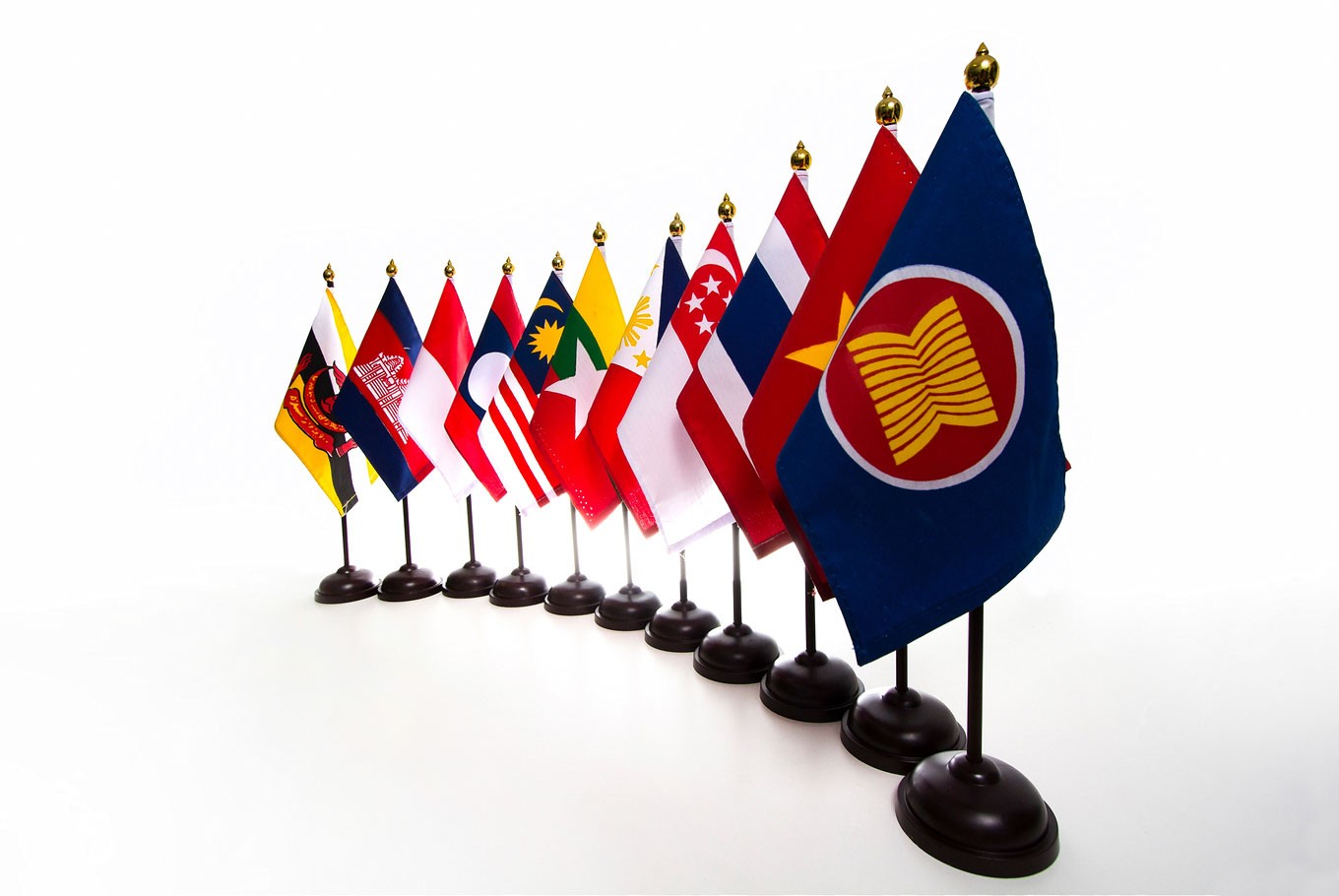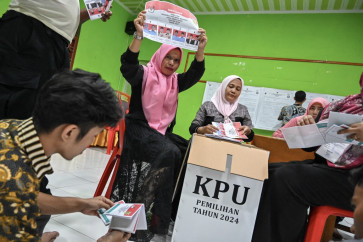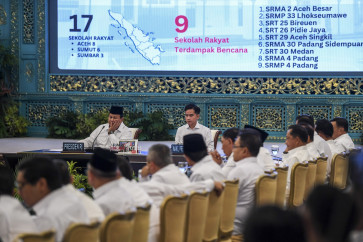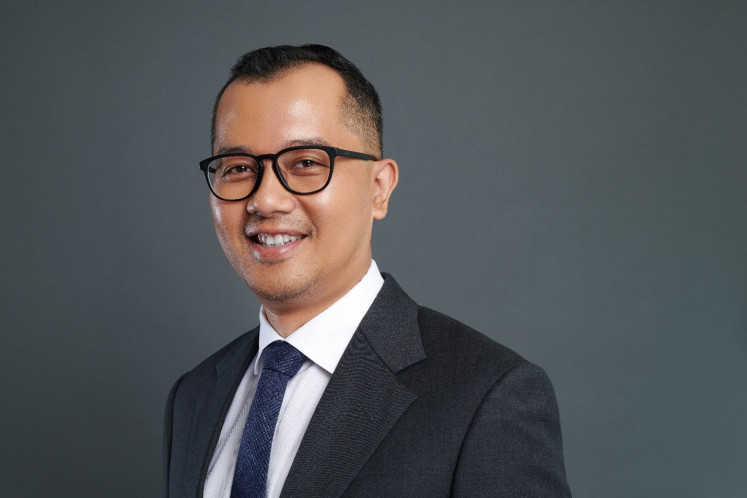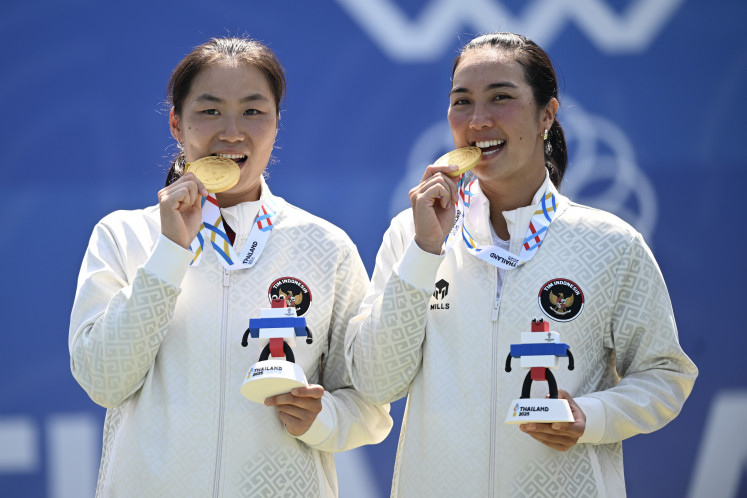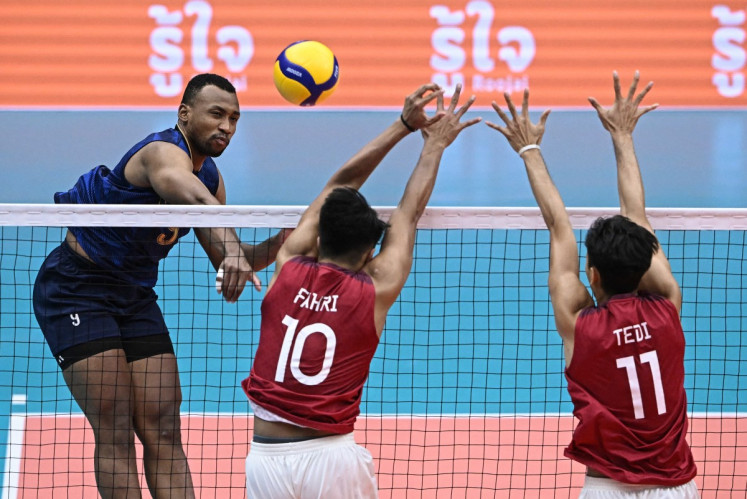Popular Reads
Top Results
Can't find what you're looking for?
View all search resultsPopular Reads
Top Results
Can't find what you're looking for?
View all search resultsASEAN must avoid integration overstretch
Change text size
Gift Premium Articles
to Anyone
O
n ASEAN’s 49th anniversary, its leaders seem to continuously be optimistic about the future of the ASEAN integration project. The ASEAN Community Vision 2025, adopted by ASEAN leaders in Kuala Lumpur last year, declared that they were resolved to “consolidate our community, building upon and deepening the integration process”.
This optimism seems out of place, especially in a world where waves of backlash against globalization are evident everywhere. Today, the world is marked by the emergence of the Islamic State (IS) movement, the rise of right-wing leaders like Geert Wilders, Le Pen and Donald Trump, the growing tension in the Asia-Pacific and the stagnation of the European integration project.
To keep this optimism alive, ASEAN needs to learn from EU’s experience of “integration overstretch”.
A specter is haunting Europe — the specter of anti-EU sentiment. While observers call the Brexit the biggest political event in Europe after the fall of the Berlin Wall, it might not be the last one. Far-right political parties in the Netherlands, Denmark and France are calling for referendums over exiting the EU.
While it is premature to write a eulogy for European integration, the challenge against it is humungous, but where did this anti-EU sentiment come from?
The first factor is the economy. European regionalism that goes hand in hand with globalization and the promotion of free trade is discredited with the latest series of crises.
In his recent article, Nobel laureate Joseph Stiglitz argued that “globalization’s opponents in the emerging markets and developing countries have been joined by tens of millions in the advanced countries” (Stiglitz, 2006).
Referring to Branko Milanovic (2016), he pointed out that those at the bottom and the middle and working class in the advanced countries are among the biggest losers of globalization in terms of income from 1988 to 2008.
Large chunks of Europeans are experiencing stagnating or even declining living standards. Many of them see that the EU is one of the reasons why this is happening.
Another factor is politics. Europe’s integration project was started an initiative for post-World War peace-building. For the pioneers of European integration, often called federalists, nation-states and the conflictual nature of their relations are the sources of conflict and war. Thus, nation-states must go.
There should be a new form of political governance that can transcend the state. While this is not the only idea driving European integration today, the formation of the EU effectively transfers parts of states’ sovereignty to the regional entity.
This partial transfer of sovereignty, according to critics, is
alienating the people from influencing policies that can affect their lives. More and more policies are decided by Brussels, while public participation is only optimal at the national level.
The stagnation or even decline of living standards and the feeling of being unable to change this situation through the political system within EU governance has led to dissatisfaction among large portions of the European people.
The EU is feeling the symptoms of an “integration overstretch”. A rush toward deep regional integration without properly managing the real and perceived impacts of such a process created the backlash that we see today.
“To counter these forces of disintegration,” Philippe Legrain says, the EU “must do less and do it better”. The former advisor to the president of the European Commission argued that the EU’s plan for new institutions “can wait” and the priority should be on “how to raise the living standards of all”. While it is clear that ASEAN and the EU is different, I do believe that this advice also fits for ASEAN.
Rather than pushing for more binding measures for liberalization that could outpace the capacity of member states to manage the impact of it, ASEAN must focus on refining the existing mechanisms with the orientation to ensure better welfare for its people.
Growth is not enough to show that integration and liberalization are working.
The emphasis for a “people-centered” ASEAN in the 2025 Vision is a step to the right direction. However, this must be accompanied by real initiatives to involve more diverse people in the formulation of ASEAN plans and policies.
So far, civil society (and even a selected version of it) is only confined to the ASEAN Socio-Cultural Community. The formulations of policies for economic integration remains relatively technocratic, reserved for government officials and think-tanks.
This must change because changes in regional economic governance will, of course, affect everybody in the region. People that will be affected negatively by any regional integration’s “creative destruction” must be represented and heard.
Another important lesson is that ASEAN must continue to recognize that the state remains the highest political authority. One of the most important triggers for anti-EU sentiment is the feeling that the people are losing the ability to make their government follow them because their governments are forced to follow Brussels’ elites.
ASEAN member states’ jealousy to keep sovereignty as the fundamental principle of ASEAN is often mocked as a hindrance for regional integration. I believe that this view is incorrect. The EU’s case shows that rushing a transfer of sovereignty from the state to a regional organization will create a backlash against regionalism.
Putting the state and national interest at the center of ASEAN regionalism will help to synchronize the pace of regional integration with the capacity of the state to protect and promote the interests of its own people.
____________________________
The author is a lecturer at the Department of International Relations, School of Social and Political Sciences, University of Indonesia.

